Related Research Articles

Guido Seeber was a German cinematographer and pioneer of early cinema.

Joe May was an Austrian film director and film producer and one of the pioneers of German cinema.
Fritz Schulz was a German and Austrian movie and stage actor, singer and director.
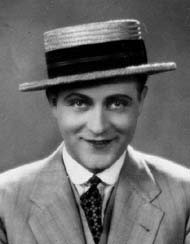
Willy Fritsch was a German theater and film actor, a popular leading man and character actor from the silent-film era to the early 1960s.

Willi Forst, born Wilhelm Anton Frohs was an Austrian actor, screenwriter, film director, film producer and singer. As a debonair actor he was a darling of the German-speaking film audiences, as a director, one of the most significant makers of the Viennese period musical melodramas and comedies of the 1930s known as Wiener Filme. From the mid-1930s he also recorded many records, largely of sentimental Viennese songs, for the Odeon Records label owned by Carl Lindström AG.
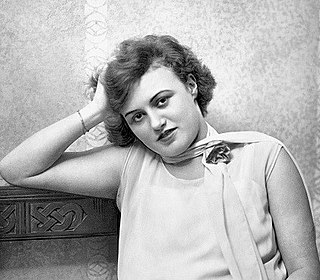
Camilla Spira was a German film actress. She appeared in 68 films between 1924 and 1986. She was born in Hamburg, Germany, of Jewish ancestry on her father's side, and died in Berlin, Germany. Her father was the Austrian actor Fritz Spira who died in the Ruma concentration camp in 1943. Her mother was actress Lotte Spira and her sister was the East German actress Steffie Spira.

Ida Wüst was a German stage and film actress whose career was prominent in the 1920s and 1930s with Universum Film AG (UFA).

Paul Hörbiger was an Austrian theatre and film actor.

Ernő Verebes was a Hungarian-American actor who began his career in Hungarian silent films in 1915. During his film career he worked and lived in Hungary, Germany and in the United States. He was born into a Hungarian emigrant family in New York, but his family later returned to Austria-Hungary.

Hans Ferdinand Junkermann was a German actor. He was married to the Austrian actress Julia Serda.
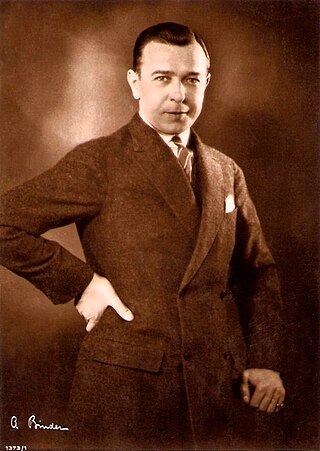
Georg Alexander was a German film actor who was a prolific presence in German cinema. He also directed a number of films during the silent era.

Paul Biensfeldt was a German-Jewish stage and film actor.
Fritz Greiner (1879–1933) was an Austrian film actor.
Carl Hoffmann was a German cinematographer and film director.
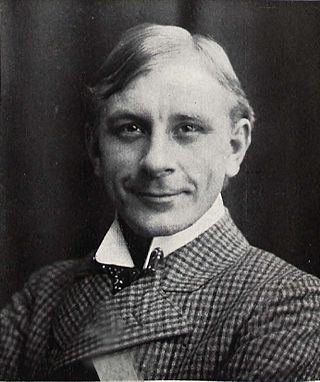
Karl Platen was a German actor and cinematographer known for Girl in the Moon (1929) and M (1931).
Robert Liebmann was a German screenwriter. Being of Jewish ancestry, he was one of the many that were murdered by the Nazis in 1942. During the occupation of France by the Nazis, Liebmann was arrested and sent to the Drancy internment camp. From there, the Nazis deported him to the Auschwitz concentration camp, where he was probably murdered immediately after his arrival.
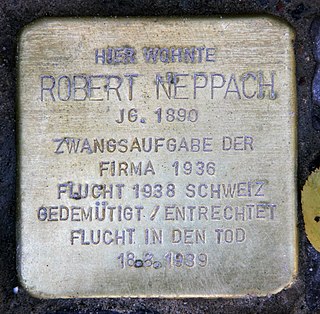
Robert Neppach was an Austrian architect, film producer and art director. Neppach worked from 1919 in the German film industry. He oversaw the art direction of over 80 films during his career, including F.W. Murnau's Desire (1921) and Richard Oswald's Lucrezia Borgia (1922). Neppach was comparatively unusual among set designers during the era in having university training.
Robert Herlth was a German art director. He was one of the leading designers of German film sets during the 1920s and 1930s.
Franz Schroedter was a German art director.
Adolf Edgar Licho was a Russian-German actor, screenwriter, and film director. He was born of Jewish parentage in Kremenchug which was then part of the Russian Empire, but emigrated to Germany to work in the theatre and then later in silent films. Following the Nazi Party's takeover in 1933 he went into exile, first in Austria and France and later in the United States. In Hollywood he played minor roles until his death in 1944.
References
- 1 2 Hans-Michael Bock (1996). CineGraph: Lexikon zum deutschsprachigen Film, LG. 27 (in German). Edition Text + Kritik. ISBN 3-88377-607-6.
- 1 2 3 Ginny G. von Bülow, Wolfgang Jacobsen (1997). Franz Schulz - ein Autor zwischen Prag und Hollywood: Biographie (in German). Vitalis. ISBN 80-85938-01-4.
- 1 2 Hellmuth Karasek (2006). Billy Wilder: eine Nahaufnahme (in German). Hoffmann und Campe. ISBN 3-455-09553-4.
- ↑ Gerhard Lamprecht (1967). Deutsche Stummfilme. Deutsche Kinemathek.
- ↑ S. S. Prawer (2007). Between two worlds: the Jewish presence in German and Austrian film, 1910-1933. Volume 3 of Film Europa. Berghahn Books. pp. 21, 141, 162, 167. ISBN 978-1-84545-303-9.
- ↑ Anthony Grenville, ed. (2000). German-speaking exiles in Great Britain, Volume 2. Yearbook of the Research Centre for German and Austrian Exile Studies. Rodopi. p. 209. ISBN 90-420-1373-7.
- ↑ Hans-Michael Bock, Tim Bergfelder (2009). The concise Cinegraph: encyclopaedia of German cinema. Film Europa: German Cinema in an International Context. Berghahn Books. p. 146. ISBN 978-1-57181-655-9.
- ↑ William Grange (2008). Cultural chronicle of the Weimar Republic. Scarecrow Press. p. 202. ISBN 978-0-8108-5967-8.
- ↑ Kurt Gänzl (2001). The encyclopedia of the musical theatre . Schirmer. p. 2270. ISBN 0-02-864970-2.
- ↑ Claudia Schnurmann (2010). Clio in Hamburg: Historisches Seminar Universität Hamburg 1907-2007 (in German). LIT Verlag Münster. p. 72. ISBN 978-3-643-10746-6.
- ↑ Stiftung Deutsche Kinemathek (2003). Filmexil, Volumes 17-22. Hentrich. p. 39. ISBN 3-88377-726-9.
- 1 2 Society for Exile Studies (1998). Exil und Avantgarden, Volume 16. Text + Kritik. p. 262.